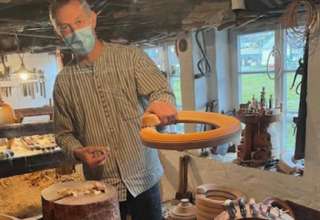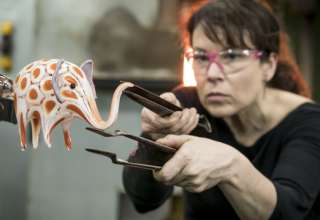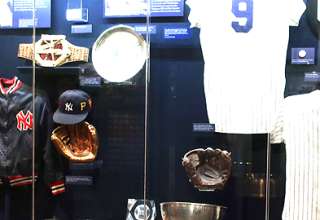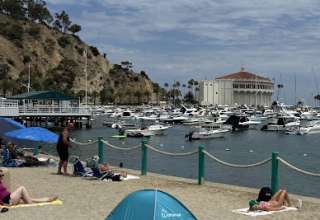Photographs courtesy of the St. Johns Cultural Council unless otherwise specified.
I’m thinking about plastic surgery.
Let’s just say that after drinking the water at the celebrated Ponce de Leon Fountain of Youth Archaeological Park, I didn’t achieve the “as-advertised” (OK, truth be told, the “as-hoped-for”) miraculous transformation to blushing, youthful skin. But, let me quickly add, that this Fountain of Youth is, without a doubt, the only thing that disappoints in picturesque, moss-draped St. Augustine. (And on the plus side, Ponce de Leon’s park offers other activities—and also is home to a harem of sartorial peacocks, who entertain, as they strut and prance freely.)
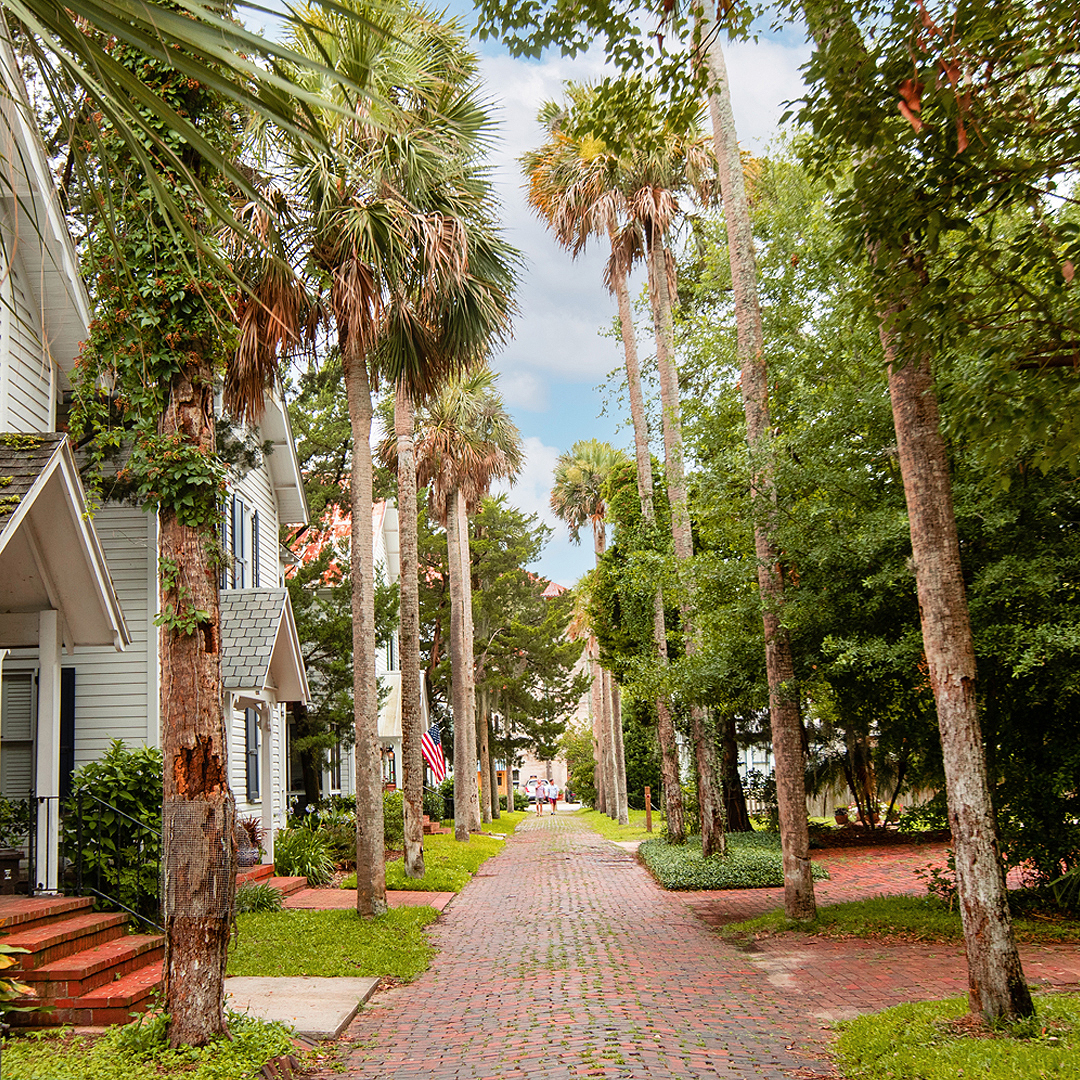
Part of Florida’s Historic Coast, this city of 15,000 is a treasure, indeed. And, assuredly, if you are looking for beaches, well, you’ll find 42 miles of pristine sandy oceanfront (including two destination surfing beaches) and the usual sun and fun activities to bask in. But, let me quickly note, if you are considering going to St. Augustine for a long weekend, just for that tropical get-away, let me encourage you to think again: You will want at least five days or even a week here; there is simply too much culture and history to pack into a three-day weekend.
Founded in 1565 by Pedro Menendez de Aviles from Spain, it is the oldest, continually-inhabited, European-founded city in the country (simply referred to as America’s oldest city), and, as such, its 450-year existence offers an embarrassment of rich—and oft surprising—history, art, and culture, all of which will captivate.
It was, not surprisingly, the vacation destination for the wealthy Yanks of the Gilded Age, and as a result, there is a plethora of 19th-century art and architecture, inducing the largest collection of Tiffany-stained glass (79 windows) in the world that has remained in its original location.
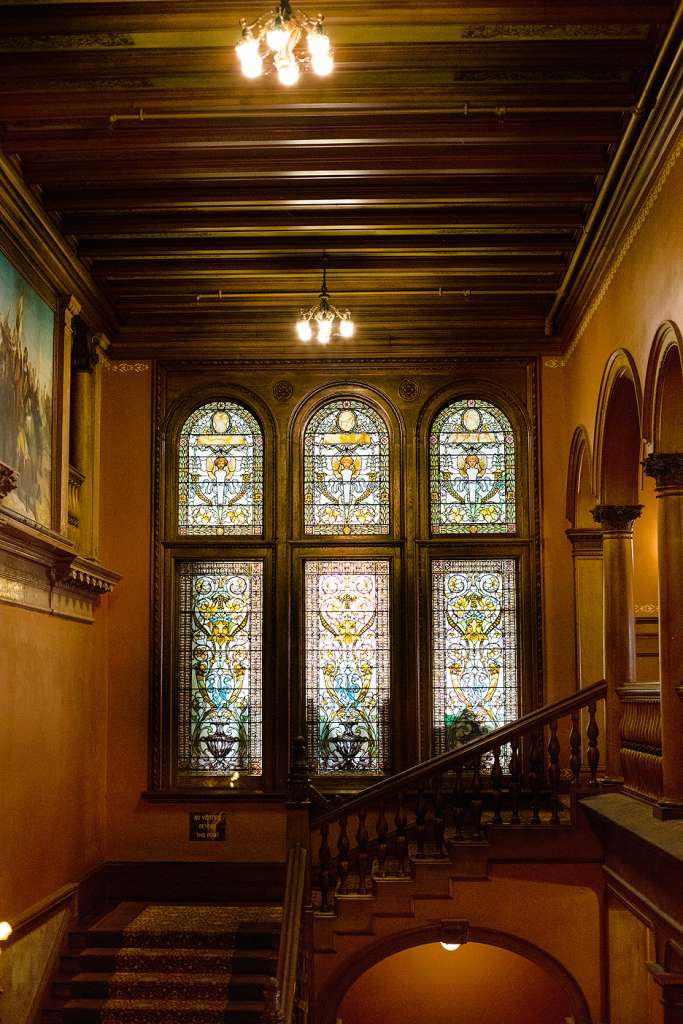
This is thanks to industrialist Henry Flagler, who built two stunning hotels here, the Hotel Ponce de León (1888, housing said Tiffany glass), now a residence hall and the central pulse of Flagler College, and the Hotel Alcazar, an 1888 Gilded Age resort hotel, now home to the must-see Lightner Museum, steward to 15,000 decorative objects. (And where you can dine in the former hotel’s now-empty swimming pool, which at the time of its construction, was the largest, grandest indoor swimming “hole” in the country.)

And a propos dining—exploration of the dining scene is yet another reason to linger in St. Augustine. Rated number one in Southern Living magazine’s discerning rundown of the South’s Best Food Towns in 2019, it offers a smorgasbord of tantalizing cuisine—from the fine (Michael’s and Preserved, for example) to the fun and flavorful (Casa Reina), to the funky (Crave and The Hyppo Gourmet Ice Pops). The latter is a veritable mecca, serving up more than 250 flavors of ice pops—think of crazy flavors like Avocado Mint—for the passionate pop aficionado, and, psst—the company ships all over the US.
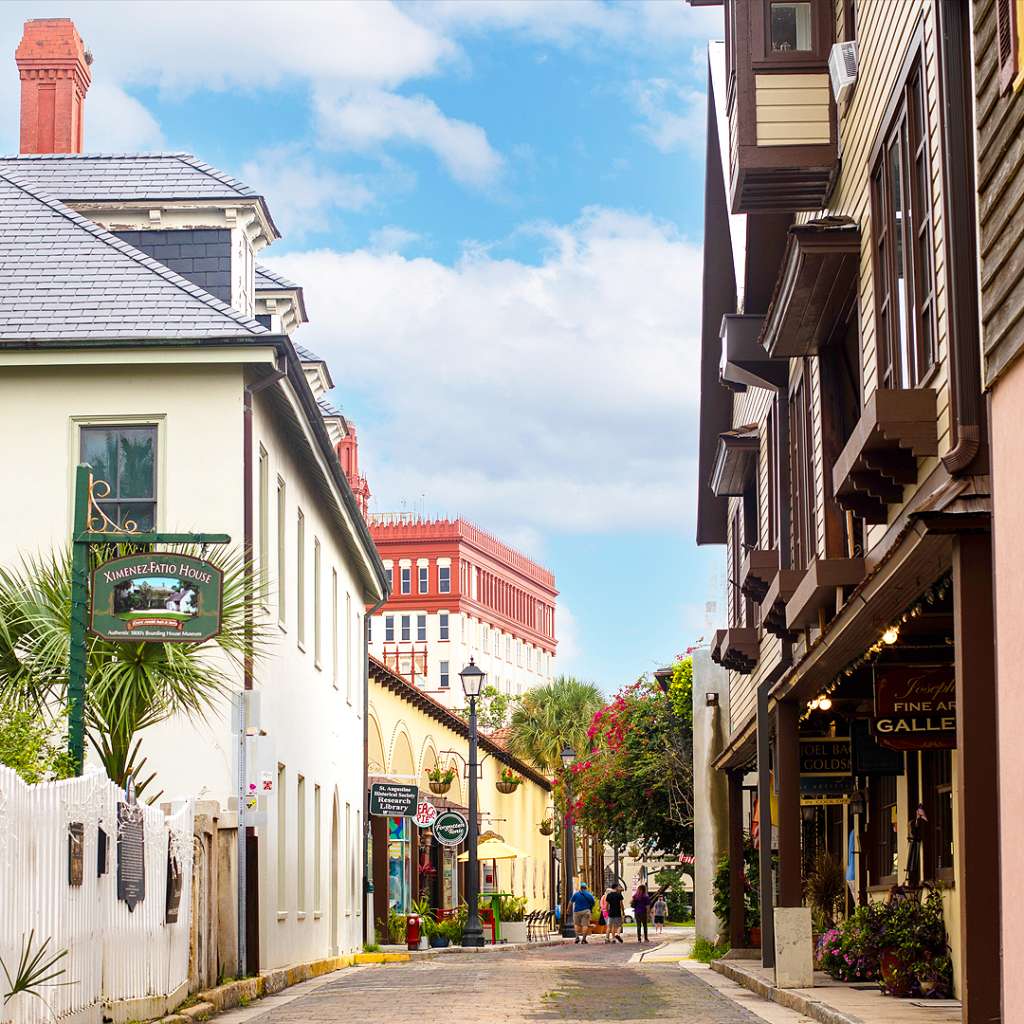
For history buffs, there are many “firsts” and “oldests” here and you’d be wise to save at least two days for touring some of them: Combine history and shopping on America’s oldest street, Aviles Street, with its ancient brick walkways (archaeologists actually discovered pottery shards from the early 1600s when they dug down a few layers), charming boutiques, and artists’ galleries; for the sheer graceful serenity of its Spanish Moss cathedral-like canopy, have a look-see at Magnolia Avenue; St. George Street in the Historic District offers sights that include the old city gates, the Oldest Wooden School House, the Peña-Peck House (with its handsomely preserved and restored rooms), built in 1750 as the home of the Royal Treasurer, Juan Estevan de Peña.
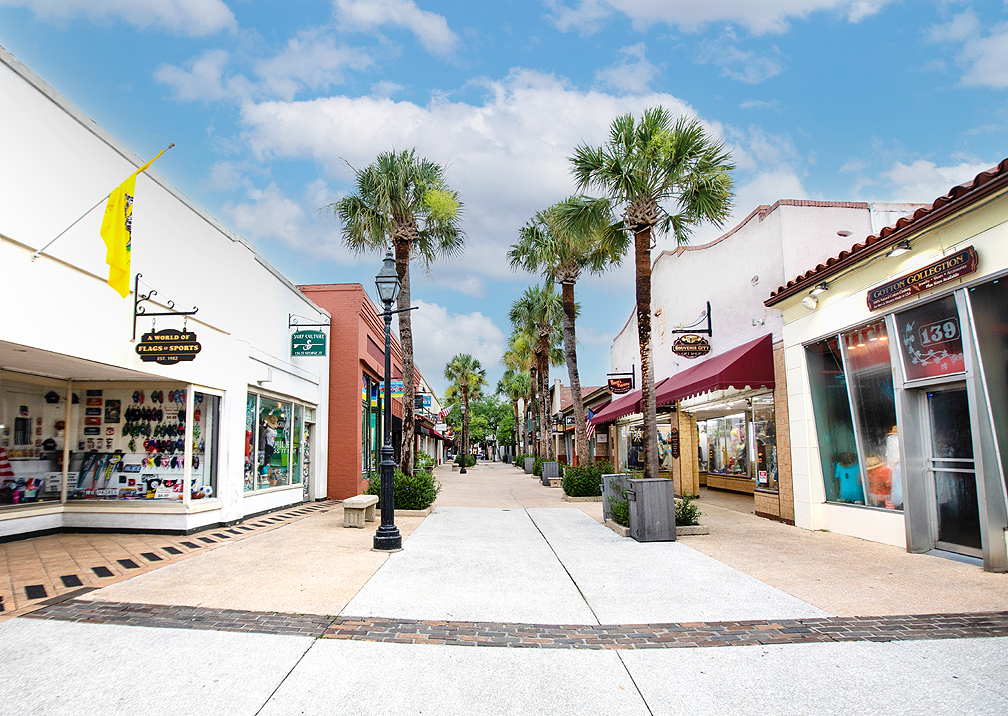
Just as an aside, in case the kids are eager for a diversion from history—but not for the faint of heart–there is the Medieval Torture Museum. A side note—the first Ripley’s Believe it Or Not is located in St. Augustine, but you’ll find far more interesting and educational attractions to occupy your time.
Among the “more worthy” sights is a plethora of amazing—both architecturally and historically—churches, notable homes, and historic landmarks. Among them, St. Photios Greek Orthodox National Shrine, a veritable gem, replete with stunning mosaics, a domed chapel, exquisite painting. Perhaps it is a bit of little-known history that St. Augustine reflects not merely Spanish and British settlement and rule, but also embodies a significant heritage and influence from Greeks and Menorcans, who came here hundreds of years ago—generally as laborers or indentured servants.
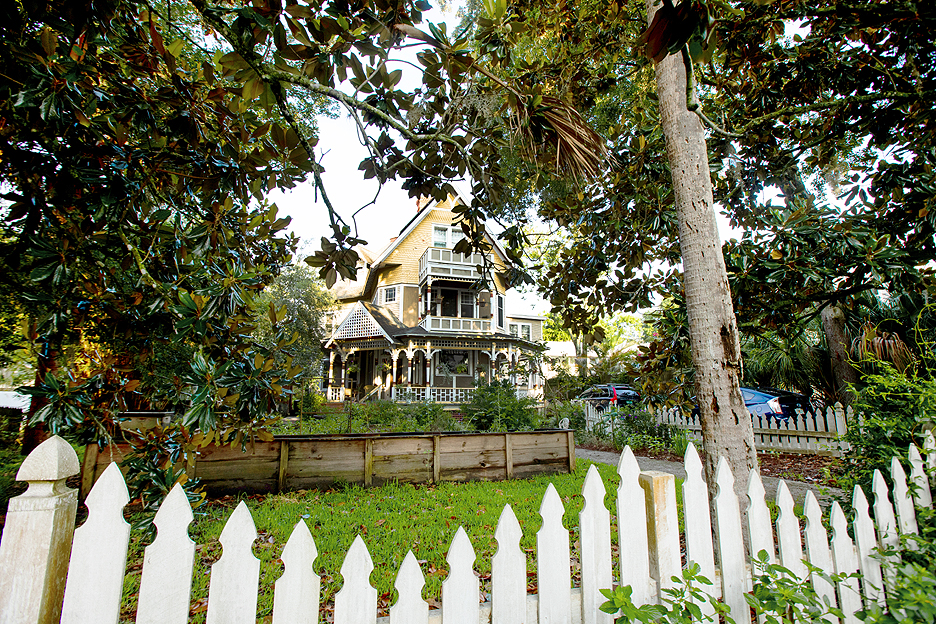
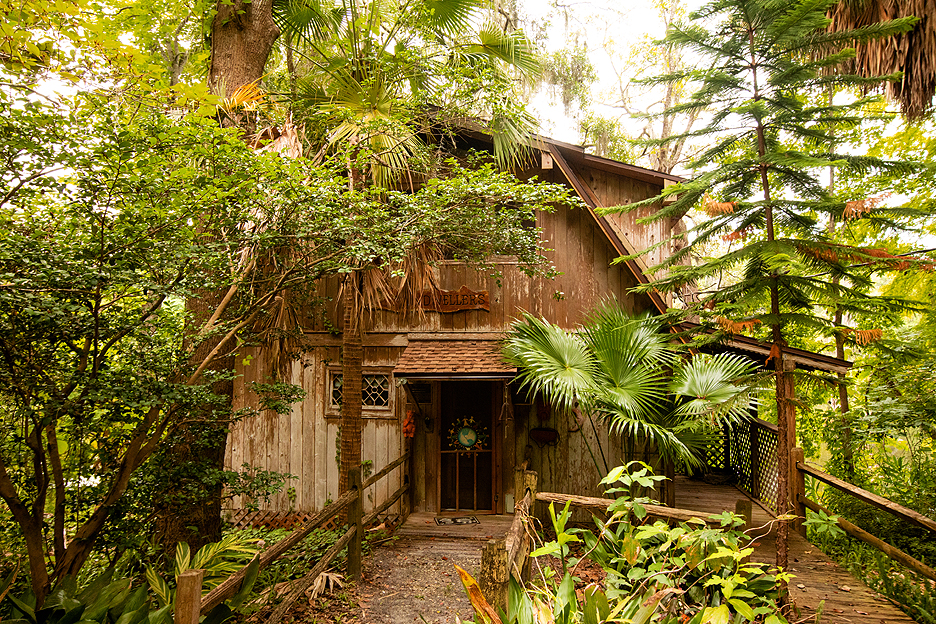

Some of the historic homes and institutions you’ll want to drink in include the Mission Nombre de Dios and the Shrine of Our Lady of La Leche first mission and site of the first Mass; the Father Miguel O’Reilly House Museum (1691), home to the Catholic Diocese archives and the oldest collection of Colonial-period documents; Gonzalez Alvarez House, the oldest surviving Spanish colonial dwelling in St. Augustine, and a National Historic Landmark; the outrageously Moorish/Spanish Revival-style Villa Zorayda, the winter residence of Boston hardware merchant Franklin Webster Smith; the Ximemez-Fatio House (1798, and sporting the ever-present, local coquina stone), is listed in the National Register of Historic Places and the Historic American Buildings Survey. It is worth noting that many buildings in the Historic District have a chunk of their facades removed, exposing the original coquina stone below.
As you might guess, military history figures significantly in St. Augustine’s past: Extraordinary forts include the Castillo de San Marcos, the oldest masonry fort in the continental United State; Fort Matanzas, built in 1742 by the Spanish, and, also, a National Historic Monument; Fort Mose Historic State Park is the site of the first legally sanctioned, free African settlement, established in 1738.
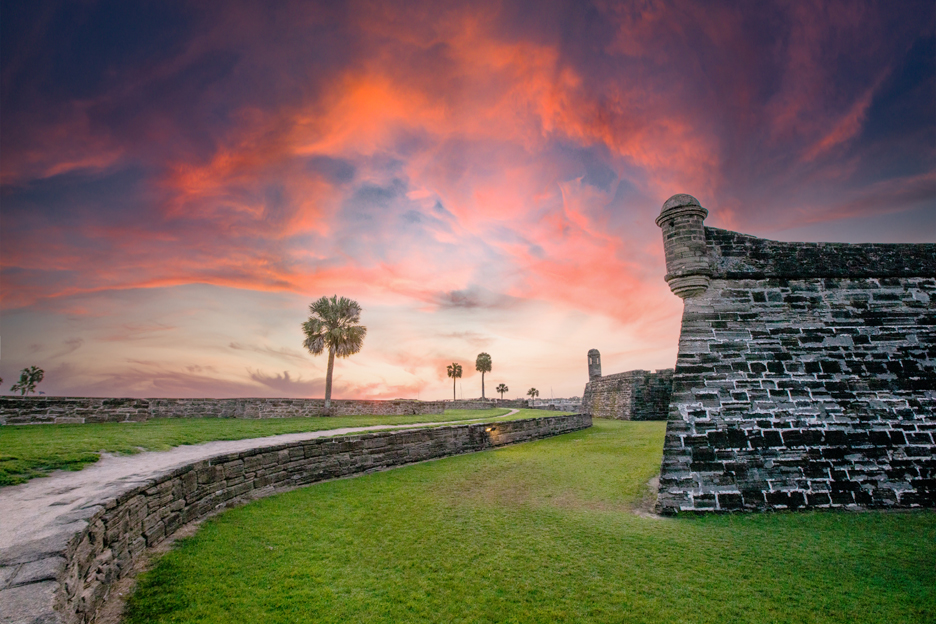
It is worth noting that there is—most likely an astonishing fact to learn—a great deal of Black and civil rights history entrenched in the area. While Selma and Montgomery are often thought of as seminal locations where civil rights battles took please, there is surprisingly a great deal of civil rights history right here—in both the Lincolnville Museum and Cultural Center and the ACCORD Civil Rights Museum.
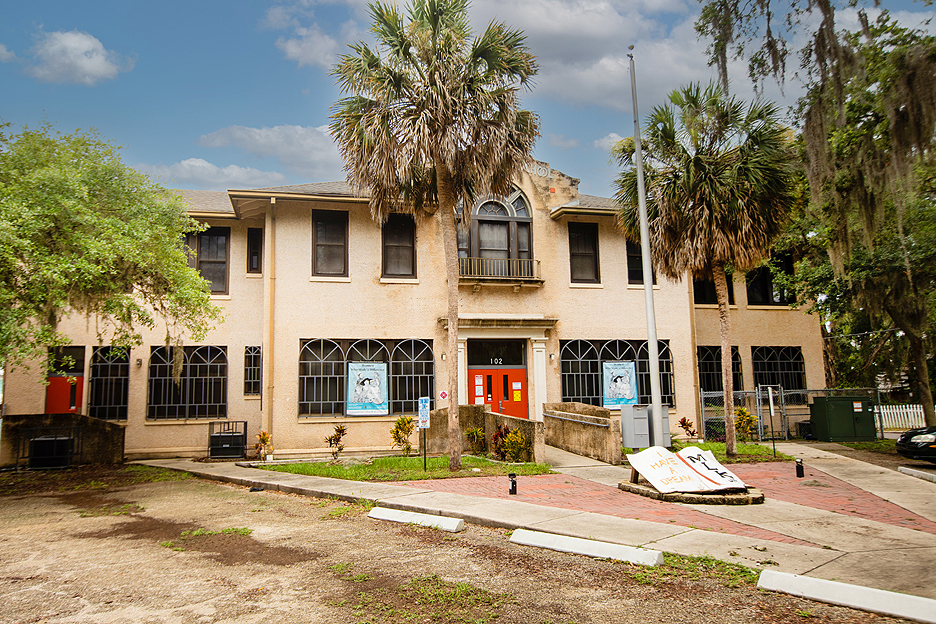
The former is an African-American history museum located in the Lincolnville neighborhood, housed in the historic Excelsior School Building, which served as the first public Black high school in St. Johns County in 1925. The ACCORD is the first civil rights museum in Florida, opened in July, 2014, and also in the Lincolnville neighborhood. The museum showcases exhibits, articles, stories, and artifacts that recount the personal histories of the unsung heroes of the local 1960s’ civil rights movement, including artifacts from Dr. Martin Luther King, Jr.’s stay in St. Augustine.
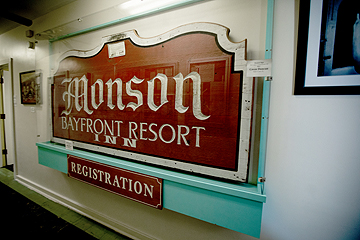
Not incidentally, I learned in the museum that Juan Garrido was the first known African in America, in 1513 and the birth of the first Black child is recorded here in 1606 in the Cathedral Parish Archives, 13 years before it is generally agreed that the first Black people arrived in the New World, in Jamestown in 1619.
Another tidbit that might be news to a Northerner, which I picked up in the Lincolnville Museum: The June 19, 1964, issue of The New York Times reports, on the front page, that 16 rabbis, along with a contingent from New York, were arrested in St. Augustine, as they attempted to integrate the restaurant at the Monson Motor Lodge, and mayhem ensued, including the attempt to integrate the swimming pool, while the hotel manager poured muriatic acid into the pool!
If I have not convinced you that St. Augustine needs to be on your bucket list, here are a few more inducements: The St. Augustine Lighthouse & Maritime Museum is a working, black-and-white-candy-cane-striped lighthouse, built between 1871 and 1874.
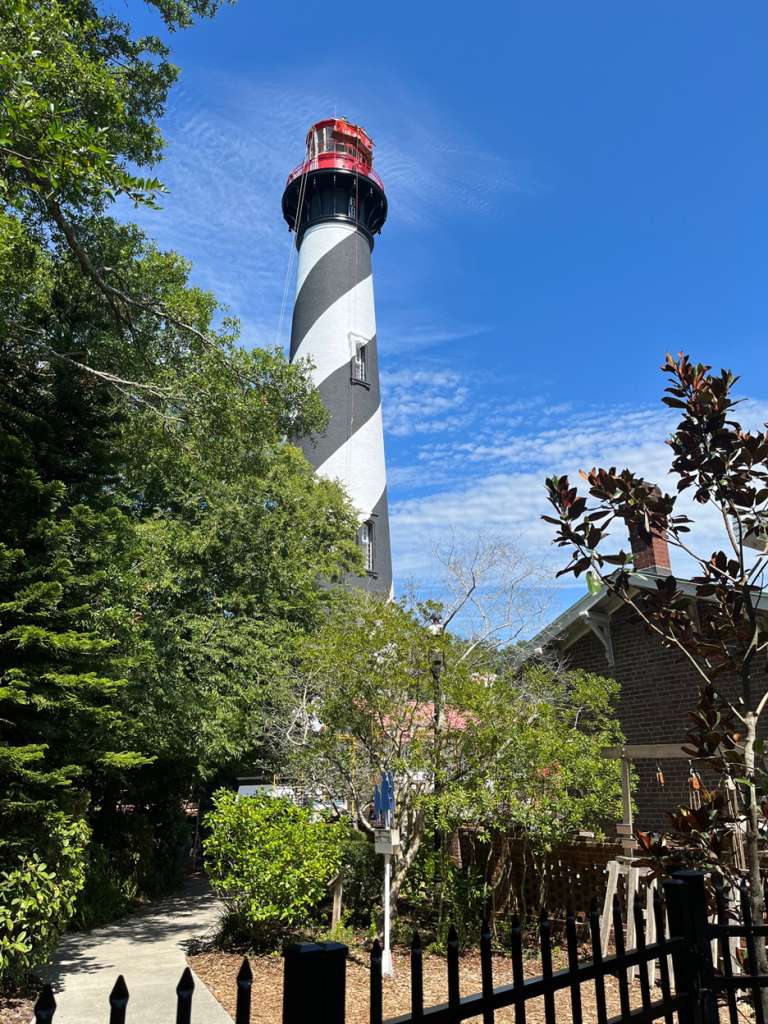
And if water is your playground, then know that the Atlantic is not your only choice for watersports—if you seek out kayaking or canoeing, try the Matanzas River and the Matanzas Bay. You’ll not want for parks, either—Anastasia State Park offers more than 1,600 acres of beaches, tidal marches, and ancient sand dunes for hiking and exploration and Alpine Groves Park, overlooking the St. Johns River, is a designated destination on the Great Florida Birding Trail.
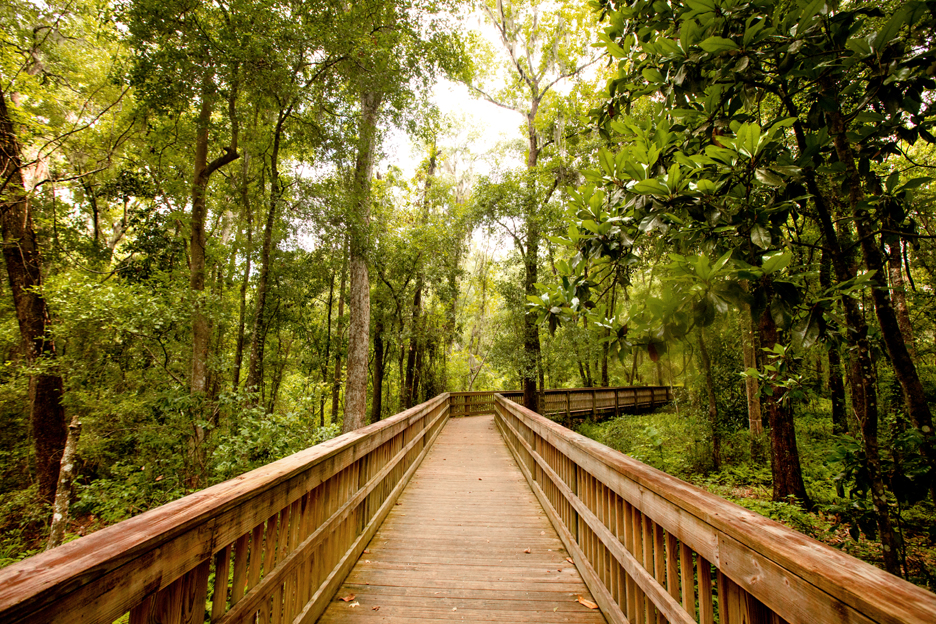
Let me also underscore that there are countless local festivals that dot the 2023 calendar, including Sing Out Loud; Whiskey, Wine & Wildlife, a four-day celebration; and the St. Augustine Music Festival, among the many that you can rely on as an anchor for your visit. Coming up in a few weeks is the St. Augustine Food + Wine Festival (May 3-7).
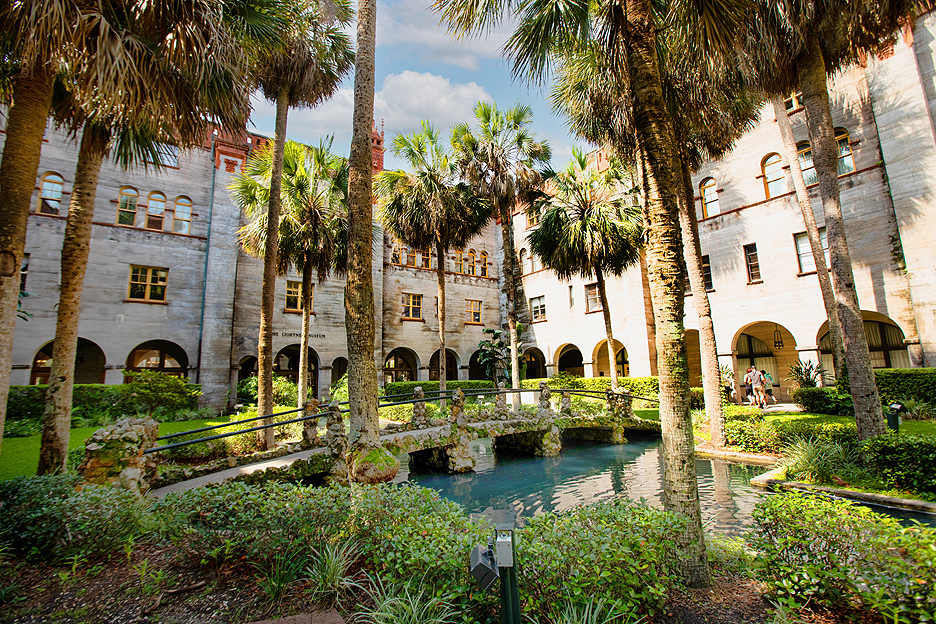
Where to Stay
The Collector Luxury Inn & Gardens (adults only) is well-situated and features 30 appealing rooms—all different—in a delightful enclave off the main drag.
Located on the site of the former Dow Museum of Historic Houses, the one-acre plot is home to nine guest houses, dating from 1790 to 1910. General Manager Charles Robles could not have been more accommodating—he even brought out a 20″-long wire-cutter to disengage my jammed TSA-approved lock from my suitcase. Seriously.
Additional info: www.historiccoastculture.com
All photos courtesy of the St. Johns Cultural Council, unless indicated otherwise.
© 2023 Ruth J. Katz All Rights Reserved


